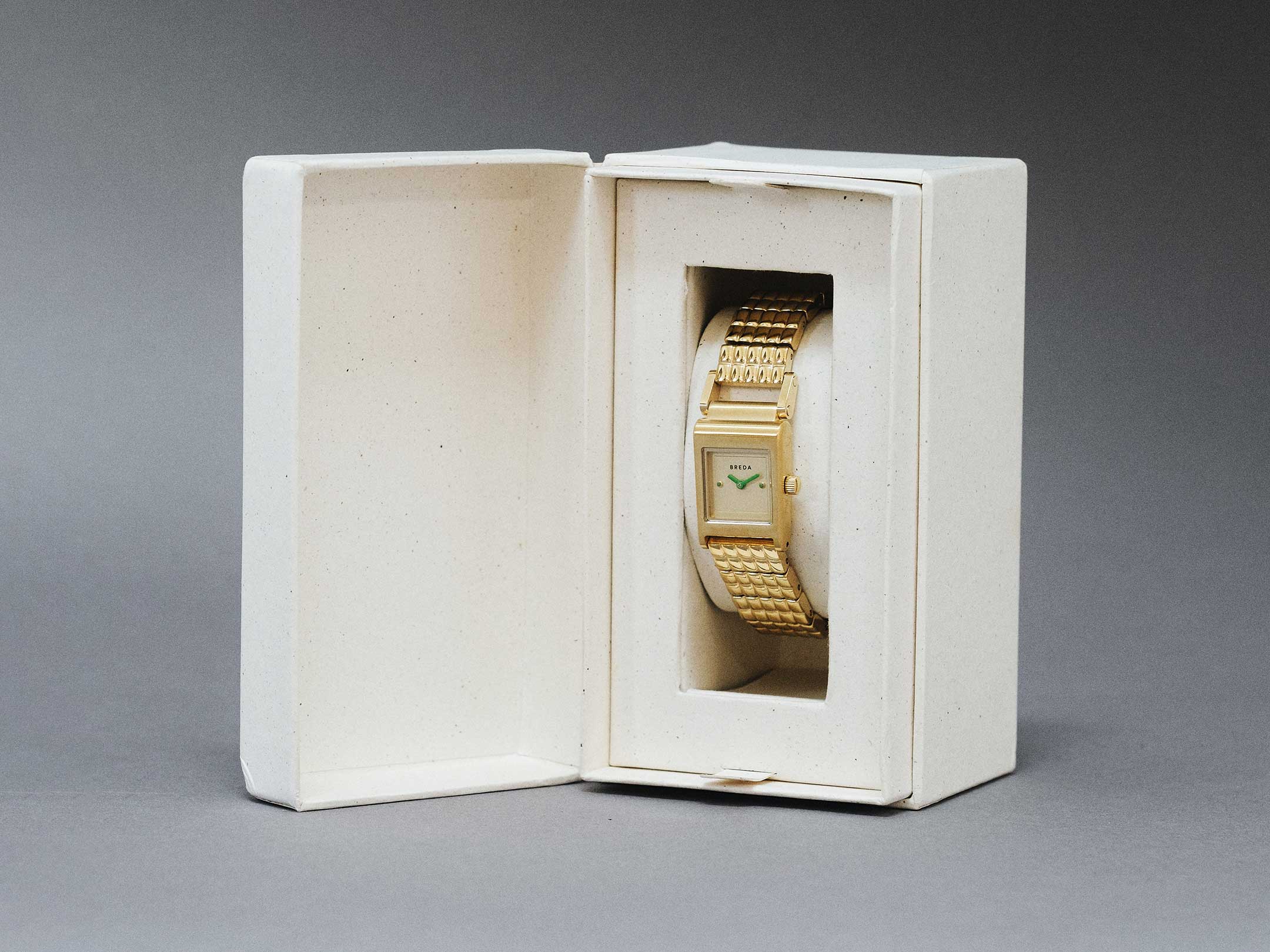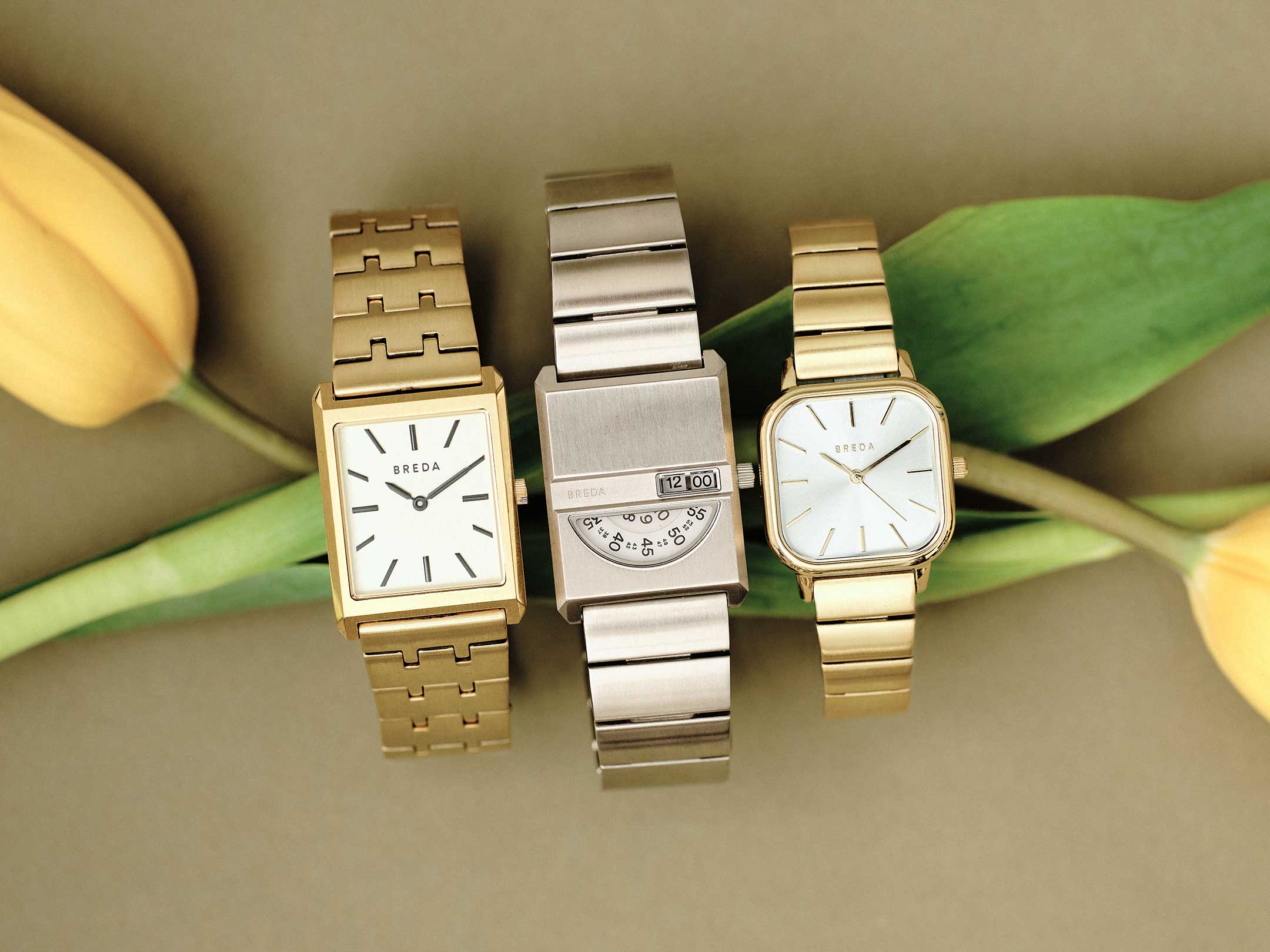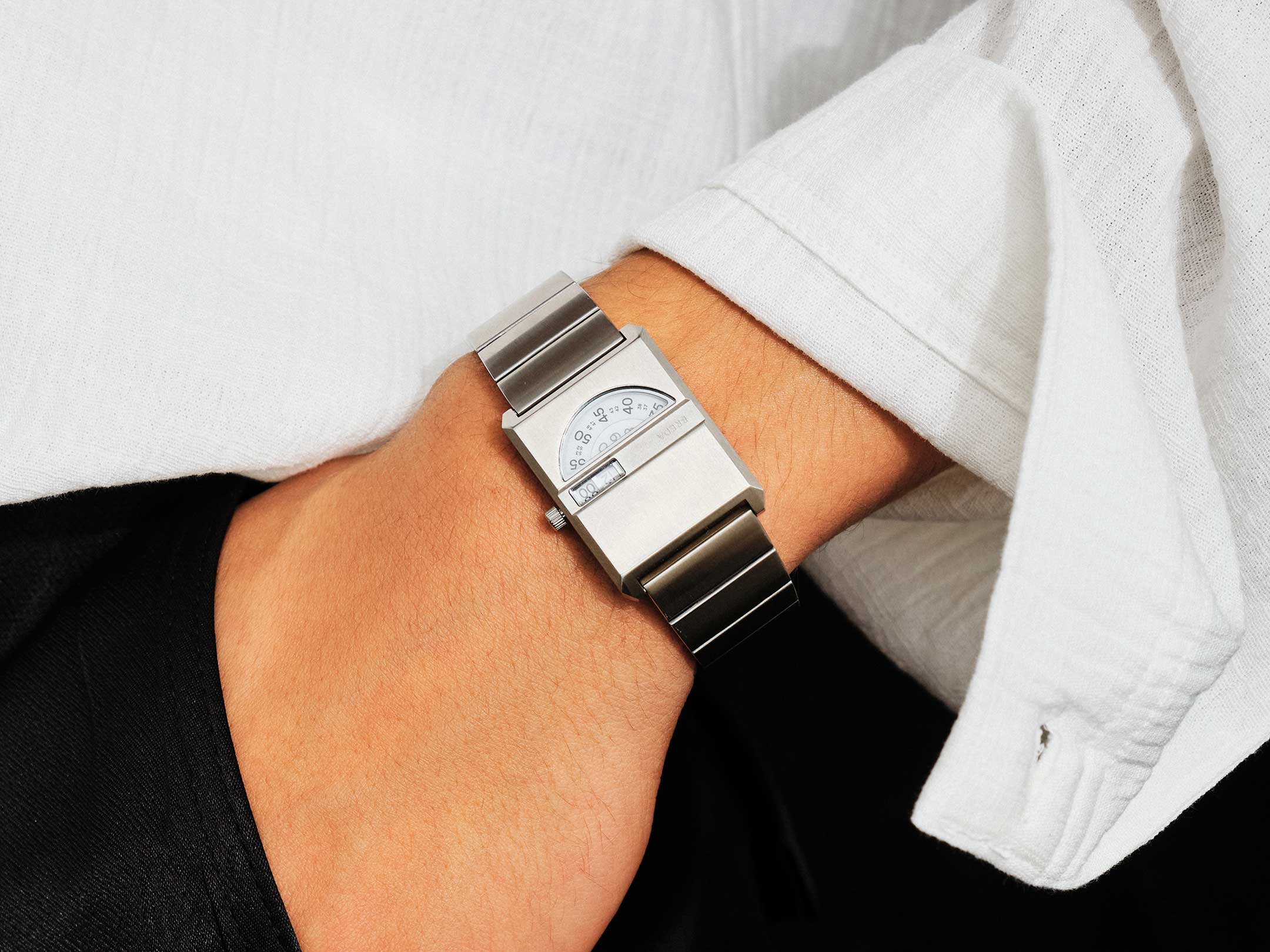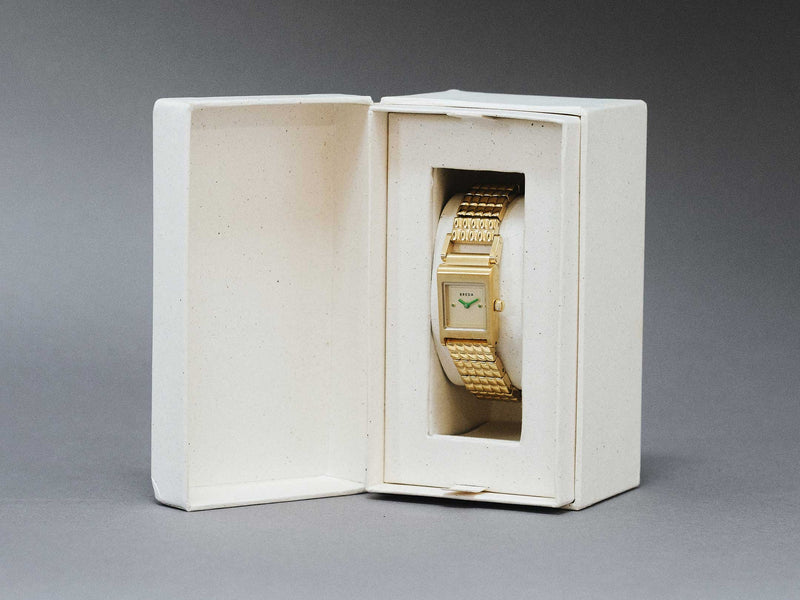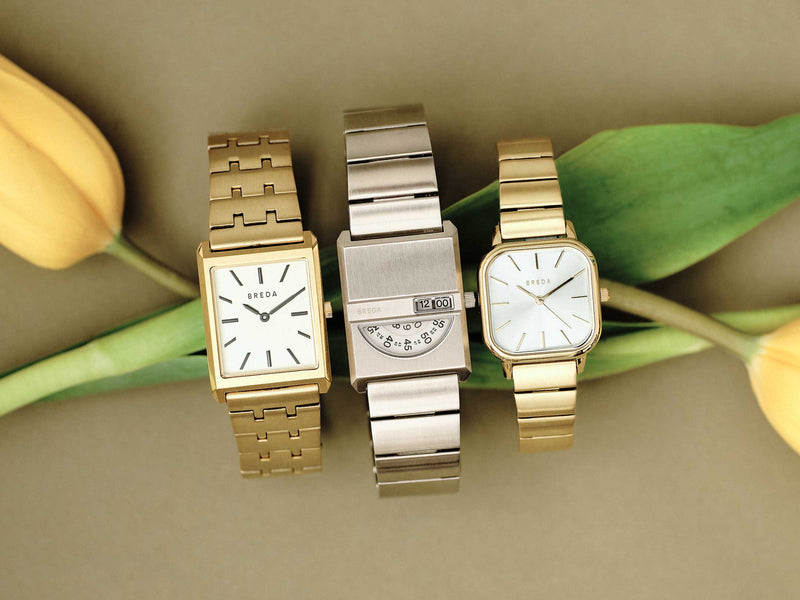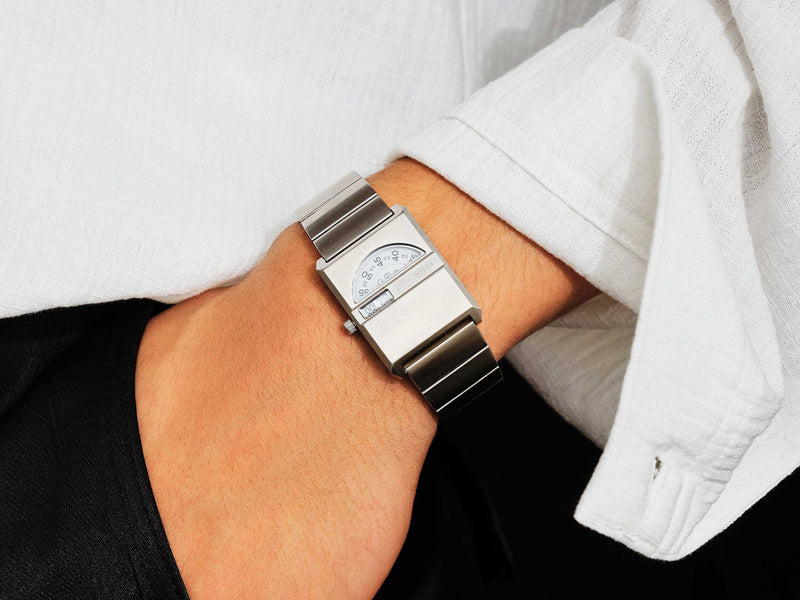Time & Space is a journal series exploring creation, human connection and intimate spaces.
Whimsical, colorful, and kitschy are a few words to describe what it’s like stepping into Scott Csoke’s studio. The Maryland born queer artist uses their paintings to highlight social and political issues in a humorous and approachable forum. Join us for a peek into their space and personal journey.

Your art has a playful aspect to it with messages around the gay culture. Have there been any obstacles that you had to endure and what has encouraged you to overcome those feelings?
There have been many obstacles—that every queer person has had to endure. I think the biggest obstacle was just accepting myself and allowing myself to be the person I wanted to be. I wouldn’t even allow myself to think about it because it felt so off-limits. I’m very good at creating rules for myself which can sometimes be restrictive. Now I have learned to not always listen to that voice and just do what makes me happy. There are so many people that have encouraged me to be who I want to be: friends, strangers on the internet, internet friends, strangers on the street. I really try to listen to those people because I think it’s the universe’s way of telling me I’m doing the right thing. But most importantly, I have learned to listen to myself and really, truly listen to what makes me happy.
Moving from Virginia to New York. How has your work evolved in this environment?
I think it took me a while to figure out how to work in a new city. My work is so dependent upon my environment. I think when I’m in New York or in Brooklyn I make work that is much more self reflective. Mostly because I spend much more time with myself walking and on the subway and I’m much more aware of how I am presenting myself; how I dress myself, talking to strangers about my art, talking to other artists, not just painters. I think my work in Virginia is much “prettier” because there is so much natural beauty there, especially in the spring.
Do you have any rituals that have helped you escape in a way that is fulfilling to you?
I don’t know if I have any rituals, maybe painting would fall into that category. Painting is definitely my only escape. I am such a realist that I don’t really create fantasies to which I want to escape. I like being in the moment and being aware of what I am doing.


"I think there’s a fine line between criticism that can actually push you in the direction of making your work better and somebody just telling you what they think your work should look like. It’s hard to quiet everyone else’s voices, but look at the people you admire—how do they approach their practice?"
You had initially moved to New York to be a photographer. When did the pleasure of photography transform into your desire for painting?
I began painting in high school so photography was a new endeavor for me. I still really love looking at photographs and I like what I made in art school, but I think I’m a better painter. I didn’t want to be a freelance photographer and have to work exceptionally hard just to get lost in the sea of other freelance photographers. Panting has always seemed easier to me and I love that I get to create a physical object. I love filling my apartment with stuff and I love that I can make things that can go into someone else’s space.
Can you describe an early experience that has shaped your connection with your imagination and your playful works of art?
This might not make sense, but I don’t think of myself as particularly imaginative. I think it’s too romantic of an idea. Ideas truly just pop into my head. I am always thinking so intensely about my work that after days of thinking something will finally just appear. I think my earliest inspiration was shopping malls. I loved and still love to just window shop and see how everything is arranged and displayed—it is so exciting to me and I can walk around for hours just looking at everything.
Do you have any advice for someone who is interested in creating but might have trouble with finding their voice?
My piece of advice would be to listen to yourself. Do whatever you think is right. Don’t let somebody else tell you what your work should look like. I think there’s a fine line between criticism that can actually push you in the direction of making your work better and somebody just telling you what they think your work should look like. It’s hard to quiet everyone else’s voices, but look at the people you admire—how do they approach their practice?




What do you want people to feel when they experience your artwork?
I honestly don’t really know. I think I just want people to think about it. I think there’s always some sarcasm and humor in my work that I don’t even always realize is there. Most people say my work makes them feel happy, but my work usually talks about things that are sad or sad for somebody they know, so that’s always a bit funny to hear. I also want to educate people on what it is like to be queer. I definitely don’t speak for the entire queer community, but I think there’s a lot of things that people don’t know about queer culture and how lonely and isolating it can be, especially dating.
What is one thing that you would like for people to know about you?
I would like people to know that I am committed to making this work and talking about the things that are often not talked about. Not in a gossipy or catty way, but just so that we can air out some of the things that aren’t usually popular to talk about: toxic masculinity, dating dilemmas, queer art being something other than sex and nudity.
If you had to choose a song that describes you, what song would it be?
I think the song that best describes me is Rachmaninoff’s Second Piano Concerto—specifically the first and third movements. It’s such a beautiful melody, but it is so complex and harsh. It’s also in a minor key, which I think describes me pretty well. There’s so much drama and it is played with an orchestra, but the piano is really the star. The second movement’s melody was used in “All by Myself” by Celine Dion—which you would think would be right up my alley, but it just doesn’t compare to the first and third movements. The ending is spectacular, too, exactly what you would expect from Rachmaninoff!


